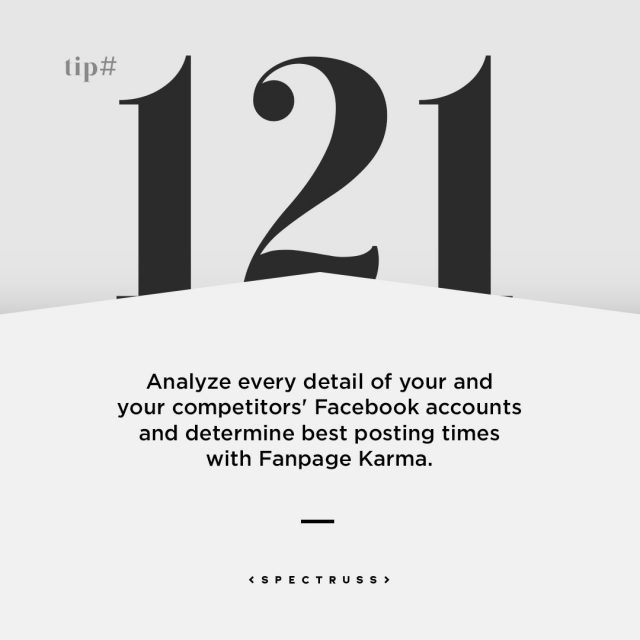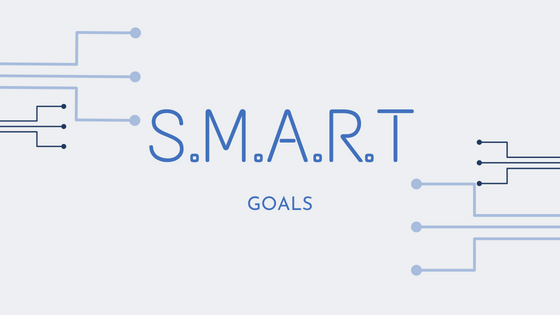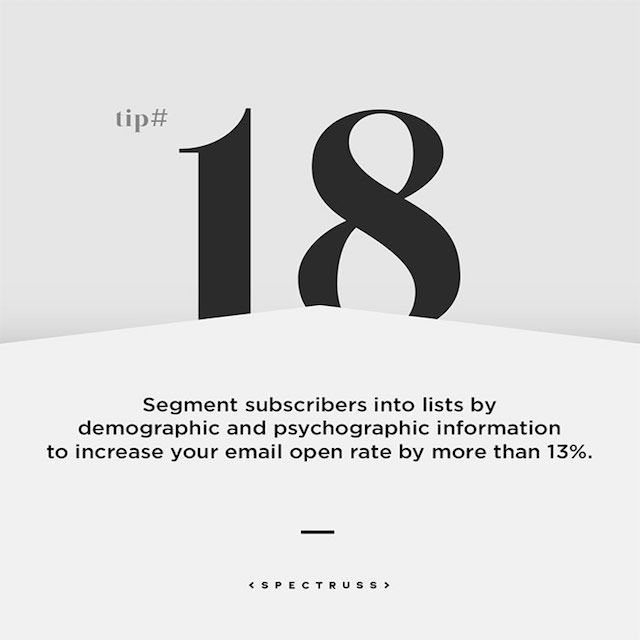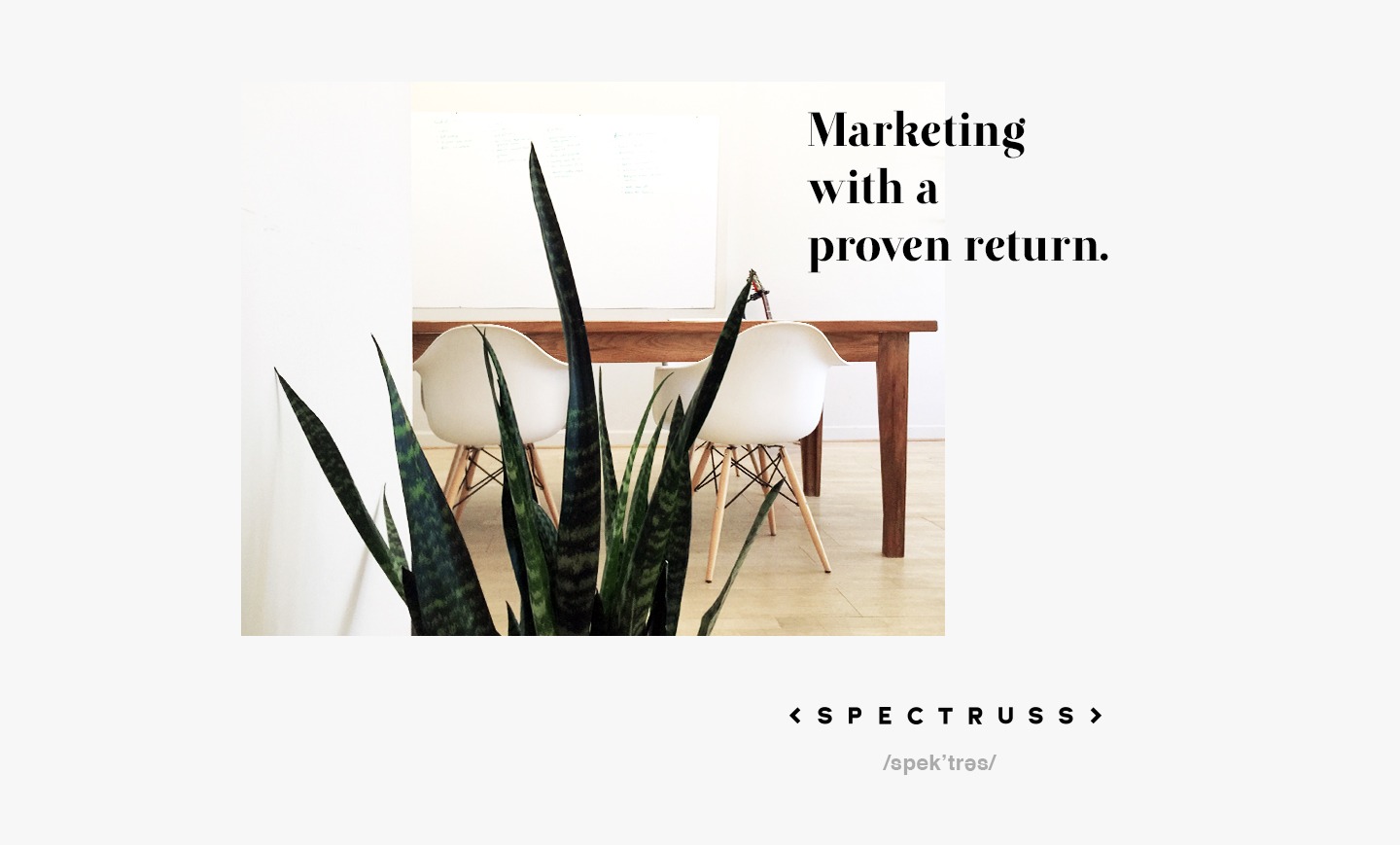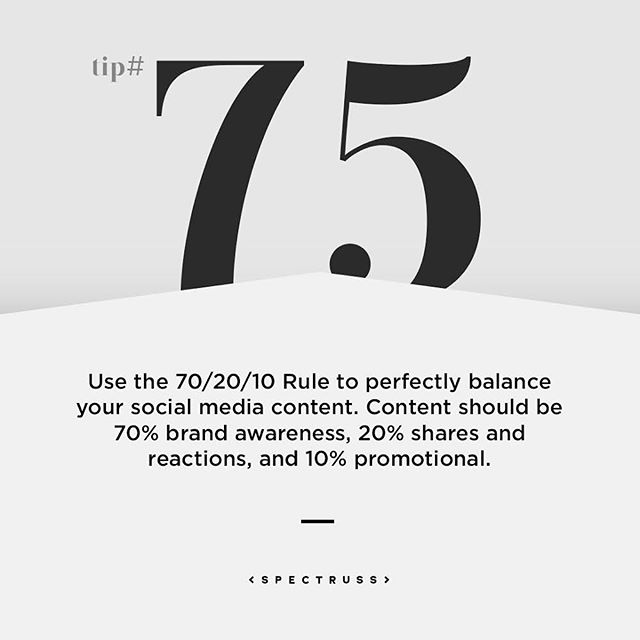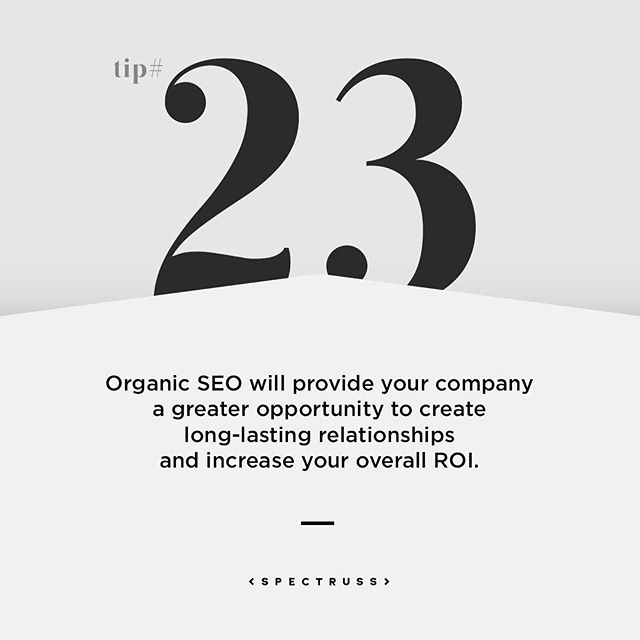Figuring out the best times to post on social media is never easy. People browse at different days and times depending on the platform. The ideal time to post on each social network is when your audience is most likely to see and engage with your content. But, how do you figure out those perfect … Read more
Month: April 2018
First, let’s do a brief history lesson on the findings of SMART goals. In the 60’s, researchers began examining the power of goal setting and the first published paper appeared in 1968 by Dr. Edwin Locke. “Toward a Theory of Task Motivation and Incentives” confirmed that set goals do in fact result in superior organizational … Read more
Learn how you can increase the open rates in your emails. Appealing subject line To make sure your hard work doesn’t immediately get tossed into the trash, your subject line needs to convince people that your email is worth opening. Introducing the email’s call to action with a short and sweet … Read more
Take a risk. Increase your e-commerce business to new levels. If you follow these steps, the payoff will be well worth the hard work: Research the Current Competitors in Your Marketplace Knowing where your business stands among competitors is the most important step to take. Why? Because there are numerous choices online for … Read more
Messaging for a social media strategy is the number one way to gain public favor and increase brand integrity. It’s important to balance your content production of frequency and quality. While sales are important, it shouldn’t be the primary focus of all your content. No one wants to follow an account that feels forced. So, … Read more
Love Live Music? Chattanooga’s Got You Covered We may not be Nashville or Memphis, but don’t count Chattanooga out for great music. If you just can’t live without great live music, you’ve come to the right place. Not only does Chattanooga have a vibrant music scene, but it’s always growing and getting better. Moon … Read more
Benefits of Organic SEO Eighty percent of organic SEO attracts search traffic. Why? Because organic search engine optimization does not feel forced or unnatural. In fact, it is known as natural SEO because it focuses on unpaid methods like high-quality content creation, link-building, and keyword enhancement which greatly increases a site’s page rank. Think of … Read more
